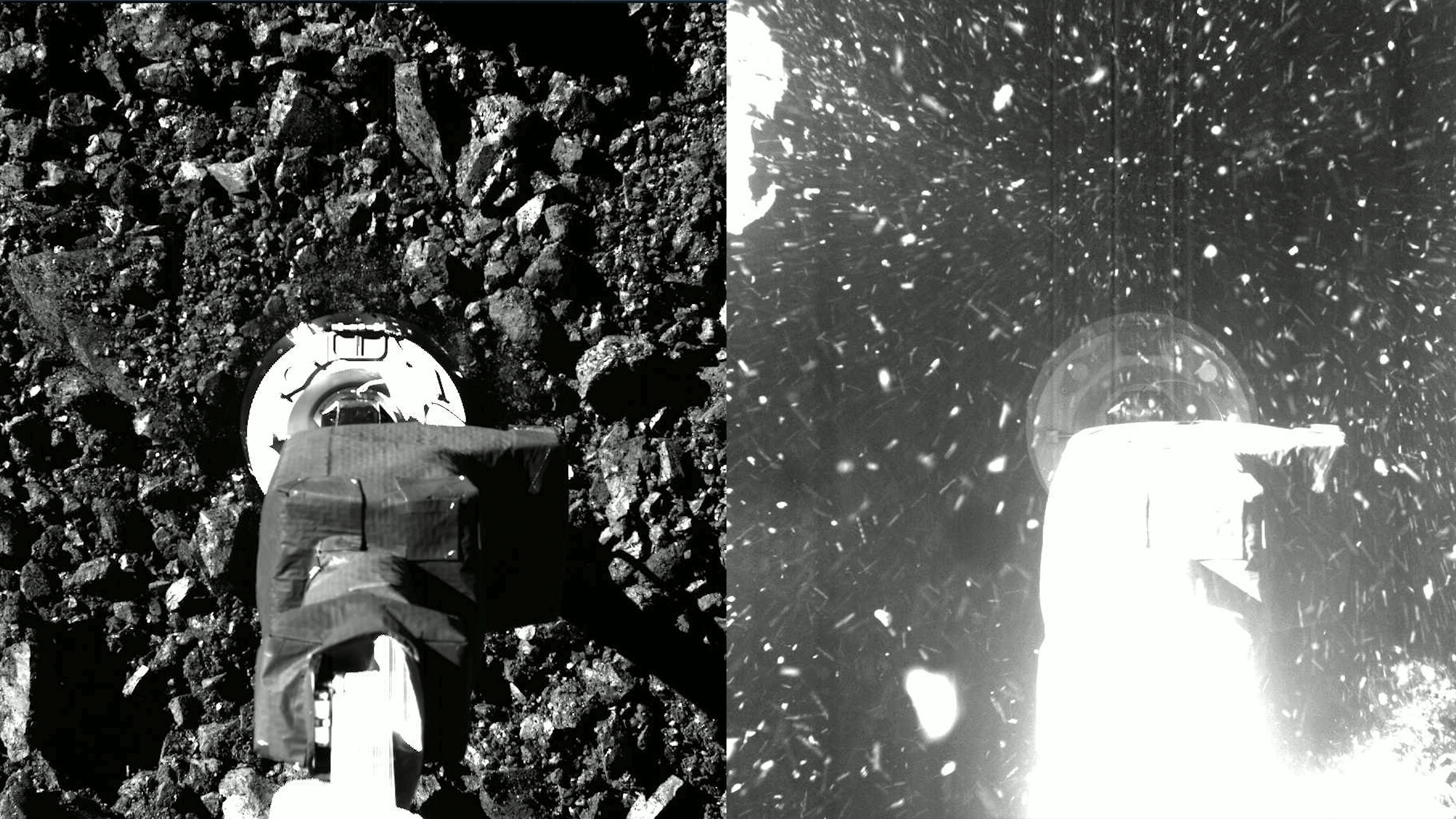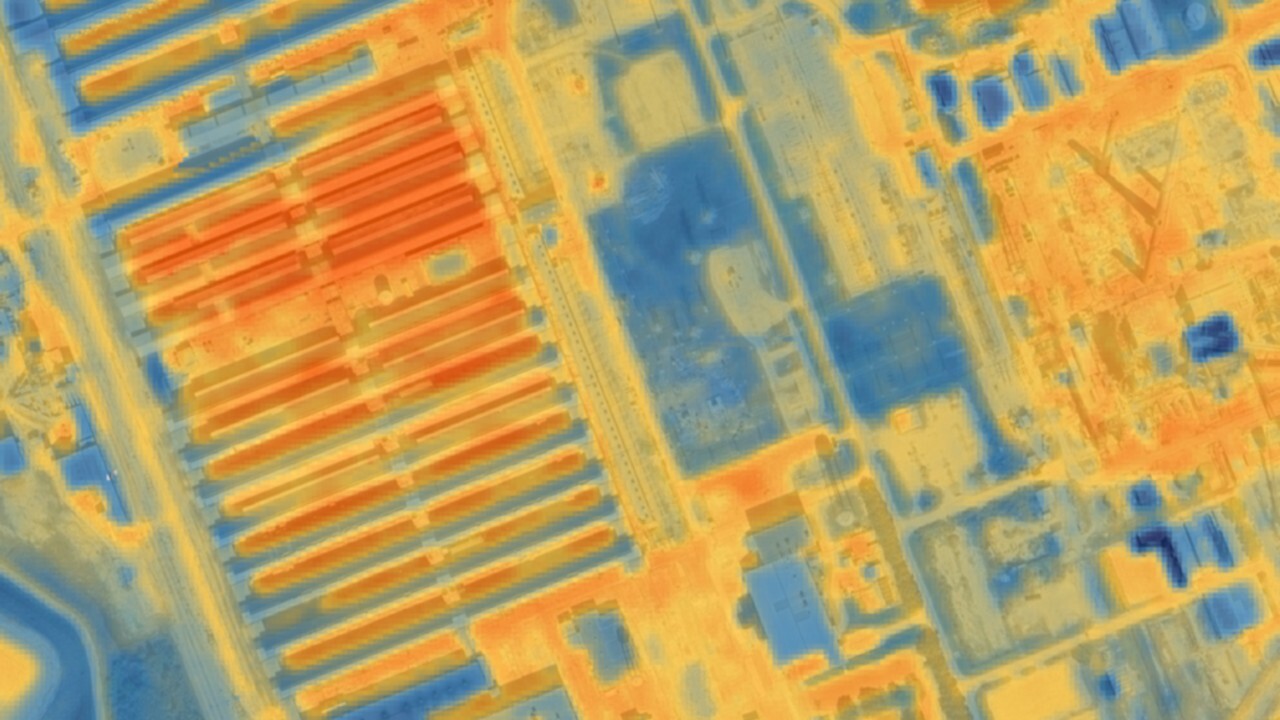What if NASA's OSIRIS-REx asteroid-sample capsule crashes to Earth this weekend?
The recovery team has practiced all kinds of landing scenarios.

After seven years flying through space, a spacecraft capsule carrying a precious asteroid sample will touch down on Earth under parachutes this weekend. But what if it crashes?
A crash of NASA's OSIRIS-REx descent capsule on Sept. 24 is "the stuff of my nightmares," the mission's principal investigator, Dante Lauretta of the University of Arizona, said recently. (OSIRIS-REx stands for "Origins, Spectral Interpretation, Resource Identification, Security-Regolith Explorer.")
"If that parachute doesn't open and we're in the 'hard landing' contingency, fortunately we have a backup team member who will help me with the emotional state and also, probably be the one I send out there to go deal with it," Lauretta said of the asteroid mission during a livestreamed press conference on NASA Television on Aug. 30. "We've got a great plan."
OSIRIS-REx made the first-ever visit to the near-Earth asteroid Bennu in 2020. In October of that year, the probe swooped down to snag samples in a touch-and go maneuver that almost saw the spacecraft swallowed up by the surprisingly spongy asteroid.
Related: Asteroid Bennu nearly swallowed up NASA's sampling spacecraft
OSIRIS-REx survived that sampling run and is now in the home stretch of its asteroid-delivery effort. If all goes to plan, the return capsule will touch down gently on Sunday morning under parachutes in the Utah desert.
But sometimes things don't go to plan. So the recovery team has been practicing for numerous other scenarios, to preserve as much of the sample as possible in the event of a landing anomaly. The OSIRIS-REx team wants to get as much scientific return as possible from the $1 billion mission no matter what happens on Sunday.
Breaking space news, the latest updates on rocket launches, skywatching events and more!
Lauretta said that, if a crash occurs, the team will take the sample into a clean room, which he called "a safe environment," to reduce contamination as much as possible. Contingency supplies will also be available on site if the recovery team needs them, he said.
"We practice beforehand to optimize accuracy and minimize the chances of mistakes during the capsule's Earth arrival," Sandra Freund, OSIRIS-REx program manager at the aerospace company Lockheed Martin, added in an Aug. 17 NASA blog post. "By simulating different scenarios, our team can anticipate challenges and work through contingency plans to effectively address them."
The recovery practice has been ongoing for years, and culminated with a series of simulations in Utah in the zone where the spacecraft should touch down. In April, a practice capsule was placed in the field in different positions to allow the team to practice retrieving it. Then the team ramped up the effort by using a truck in July, and then a helicopter in September, to simulate dropping off the capsule at higher and higher speeds.
The recovery professionals were then timed to see how quickly they could take out the sample and bring it back to a local lab in the first of a long series of processing steps. "The faster the better," Richard Witherspoon, OSIRIS-REx ground recovery lead at Lockheed Martin, wrote in another NASA blog post in May.
There have only been a few other spacecraft that have brought asteroid samples back to Earth, and each one of these missions gives us a little more information about how the early solar system was formed. NASA is taking lessons learned from its other missions that sent space samples to Earth, sometimes not entirely successfully.
Related: Dramatic sampling shows asteroid Bennu is nothing like scientists expected
Famously, the agency's Genesis capsule crashed in 2004 due to four switches being installed backward in its re-entry system. Fortunately, however, the ions (charged particles) of the solar wind that it snagged were still lodged deep within the capsule, underneath the damaged collector surfaces. Scientists were able to use the sample to reveal several insights about planetary formation — for example, the Genesis sample suggested that Earth lost some of its atmosphere early in its history, according to NASA.
Two years later, the Stardust spacecraft had more success landing in the Utah desert. Investigations of the samples it picked up from Comet Wild-2 in 2004 continue to yield intriguing insights. For instance: Aside from numerous comet bits, probable interstellar particle tracks were detected by a team led by principal investigator Don Brownlee, of the University of Washington.
Other robotic sample return missions over the decades include several Soviet Luna spacecraft that visited the moon, the Chinese Chang'e-5 lunar sample return mission, and the Hayabusa and Hayabusa2 missions from the Japan Aerospace Exploration Agency. As always, NASA reviews the available documentation from such missions to form procedures and inform its own planning.
In whatever shape the descent capsule arrives, investigators on Earth will be kept busy for years — indeed, decades — with the samples returned by OSIRIS-REx. Meanwhile, the original spacecraft will go on to a new mission. Its next task will be to examine another near-Earth asteroid, Apophis, in 2029 under an extended mission known as OSIRIS-APEX.

Elizabeth Howell (she/her), Ph.D., was a staff writer in the spaceflight channel between 2022 and 2024 specializing in Canadian space news. She was contributing writer for Space.com for 10 years from 2012 to 2024. Elizabeth's reporting includes multiple exclusives with the White House, leading world coverage about a lost-and-found space tomato on the International Space Station, witnessing five human spaceflight launches on two continents, flying parabolic, working inside a spacesuit, and participating in a simulated Mars mission. Her latest book, "Why Am I Taller?" (ECW Press, 2022) is co-written with astronaut Dave Williams.

